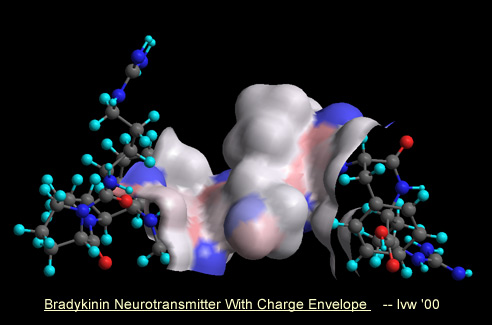Epidemiology
The American
Cancer Society projects over 15,000 new cancer cases each year
Pain is
most common in patients with far advanced disease. Pain occurs when
tumor infiltrates or compresses normal tissue and is most common
in patients with advanced malignancies, but pain can result from
surgery, radiation or chemotherapy.
Most suffering
caused from pain can be eliminated by properly implementing existing
therapies, the cornerstone of which is optimal use of the opioid
analgesics.

